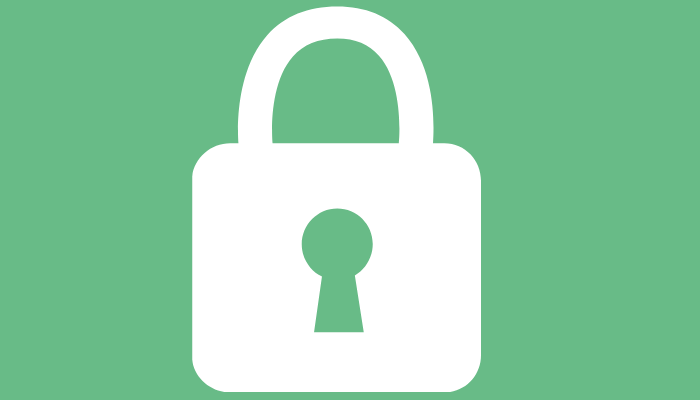Bitcoin and other cryptocurrencies have made internet payments easier and faster. Among the various protocols of cryptocurrency transactions, Bitcoin is the most popular one. Just as you safeguard your traditional net banking methods, you need to find ways to ensure that your crypto wallet is safe. Hackers could access unsecure wallets and if the coins are stolen, there is no way to reverse it. This is due to the decentralised system of the blockchain technology.
In recent days, there are many questions about the vulnerabilities of crypto wallet security. Trojan ‘Pony Loader 2.0’ made a successful attack, infected and robbed the Litecoin and Bitcoin wallets. Most recently, 19,000 BTC worth $5 million were stolen from the Bitcoin exchange, Bitstamp.
Protecting your crypto wallet
Even if you follow all the security measures, there could be ways to hack your cryptocurrency wallet if you are negligent. Backup your private keys and store them in a secure location. If you don’t, there is no chance of recovering your Bitcoin if you lose access to your wallet. Here are the top 6 tips to protect your cryptocurrency wallet:
1. Encrypt your Bitcoin wallet
Having a strong password is essential, but not sufficient. After you open your cryptocurrency wallet, the first step to take is encryption. It keeps malware at bay and protects your Bitcoin against hackers and theft. Most desktop wallets have encryption features to secure your Bitcoin. Take the help of a third-party encryption tool. For online wallets, you have to encrypt it with passcodes and secret phrases. Always use a secure connection while accessing your web-based wallet.
2. Use two-factor authentication
If you use online storage providers, you must understand that there is always a risk of malware attacks. Even if you find a reliable and trusted service, you should take more steps to ensure the safety of your wallet. Never forget to use two-factor authentication if you use web-based wallets.
3. Update Bitcoin client and system
In order to safeguard your crypto wallet, update the system regularly. Frequently scan for any threats. Invest in a proper security solution that can protect your OS and other products. Make sure that the physical storage is free from malware so as to avoid crashes because of a damaged hard drive or corrupted file.
4. Backup your active wallet
You might lose contents due to a malware attack. So back up your Bitcoin wallet by making many copies and store them safely. If your virtual wallet is not active, then destroy all the copies left, after overwriting the files. In a Linux system, you can use shred command.
5. Use multisig addresses
Create a multisig address and every signature must come from a different device. This adds another security level to the two-factor authentication. But instead of just 2, you’ll need more than 2 parties to authenticate a transaction with their own unique private key. You can link your family or friends to your computer. This is best for corporate transactions, or if the keys are stored on separate devices.
6. Maintain anonymity
Use a versatile Bitcoin client with which you can change the address for every transaction. Use an escrow service which acts as a temporary middleman for your transactions. Opt for cold storage wallets like the ledger Nano s. Encrypt the codes on the paper wallet and save the hard copies in a safety vault.
Conclusion
Remember to connect only through secure networks. Don’t reveal your private keys to anyone online. Avoid usage of mobile devices to access your wallet with a large amount of money. Follow basic precautions like the above to secure your Bitcoin wallet.







